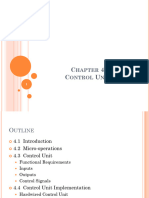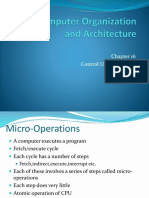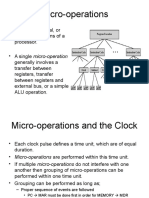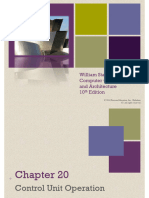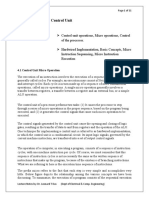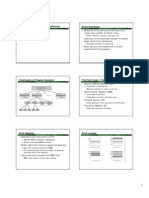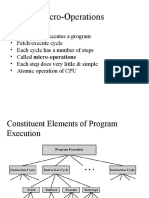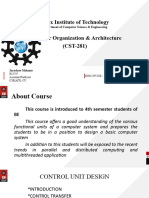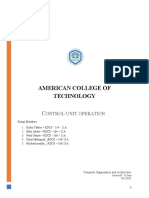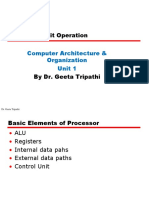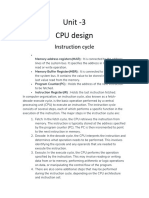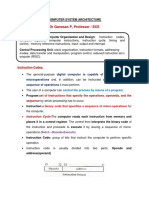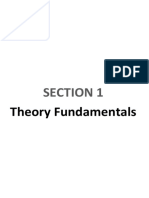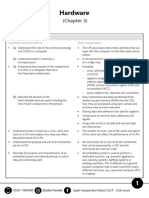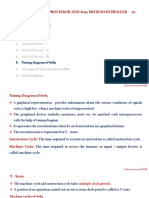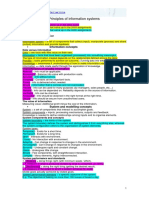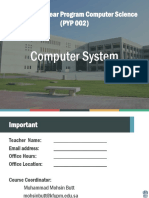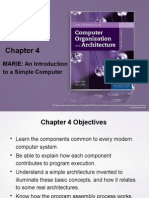0% found this document useful (0 votes)
27 views34 pagesChapter 3 Control Unit
The document discusses the control unit of a computer processor. It describes the functional requirements and inputs/outputs of the control unit. It also explains how the control unit sequences micro-operations and issues control signals to execute instructions.
Uploaded by
bayabayechaCopyright
© © All Rights Reserved
We take content rights seriously. If you suspect this is your content, claim it here.
Available Formats
Download as PPTX, PDF, TXT or read online on Scribd
0% found this document useful (0 votes)
27 views34 pagesChapter 3 Control Unit
The document discusses the control unit of a computer processor. It describes the functional requirements and inputs/outputs of the control unit. It also explains how the control unit sequences micro-operations and issues control signals to execute instructions.
Uploaded by
bayabayechaCopyright
© © All Rights Reserved
We take content rights seriously. If you suspect this is your content, claim it here.
Available Formats
Download as PPTX, PDF, TXT or read online on Scribd
/ 34

